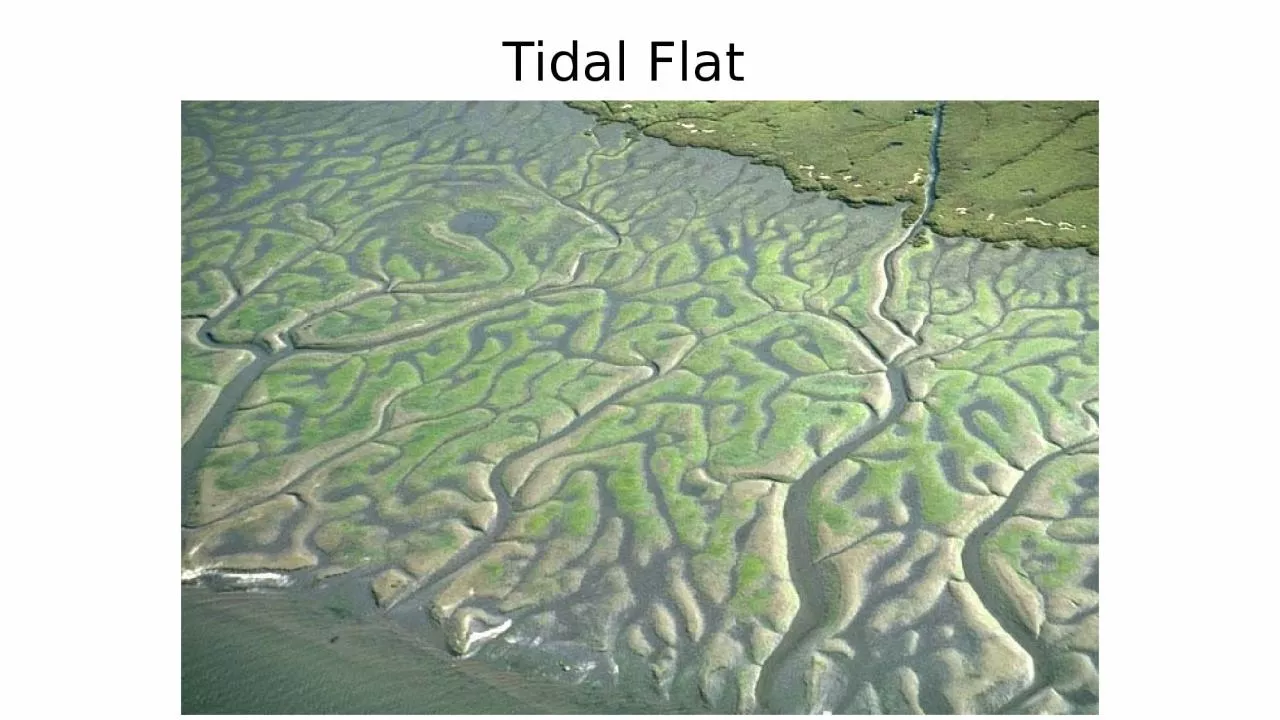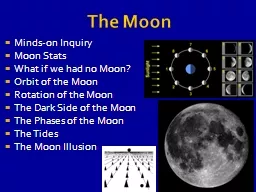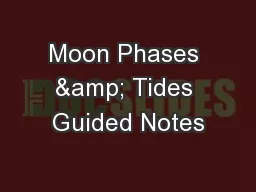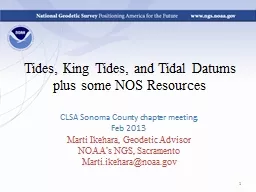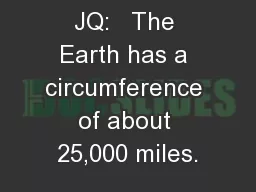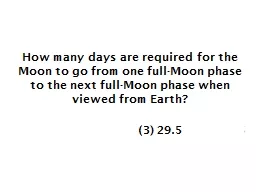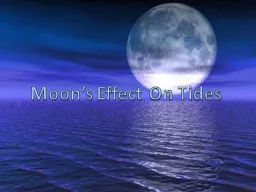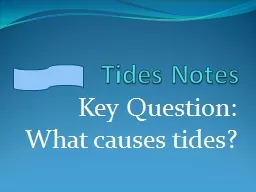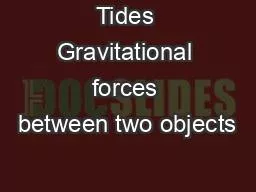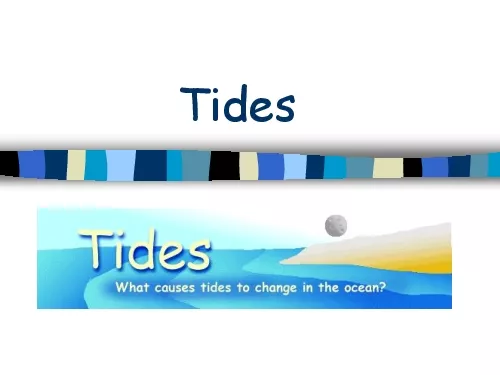PPT-Tidal Flat Environments Tides are a complex product of gravitational attraction (from
Author : erica | Published Date : 2023-10-29
Lunar tidal bulge rotates around Earth with a period of 24 hours 50 minutes But the simple tidal bulge is disrupted by the continents forms several cells around
Presentation Embed Code
Download Presentation
Download Presentation The PPT/PDF document "Tidal Flat Environments Tides are a comp..." is the property of its rightful owner. Permission is granted to download and print the materials on this website for personal, non-commercial use only, and to display it on your personal computer provided you do not modify the materials and that you retain all copyright notices contained in the materials. By downloading content from our website, you accept the terms of this agreement.
Tidal Flat Environments Tides are a complex product of gravitational attraction (from: Transcript
Download Rules Of Document
"Tidal Flat Environments Tides are a complex product of gravitational attraction (from"The content belongs to its owner. You may download and print it for personal use, without modification, and keep all copyright notices. By downloading, you agree to these terms.
Related Documents

